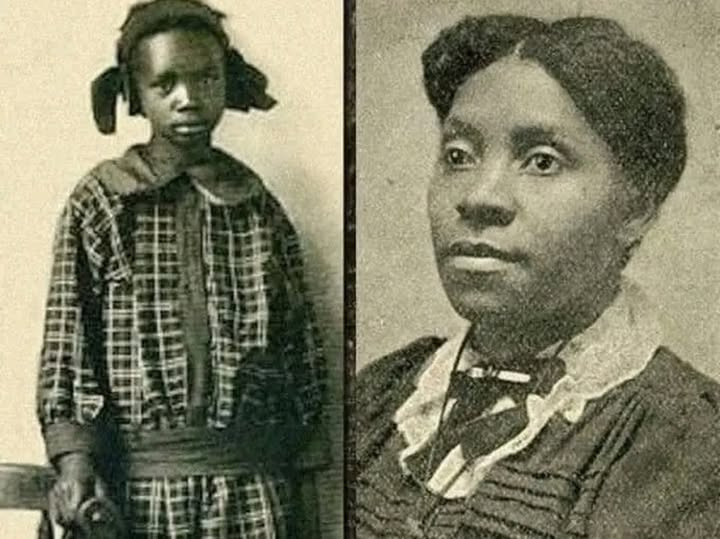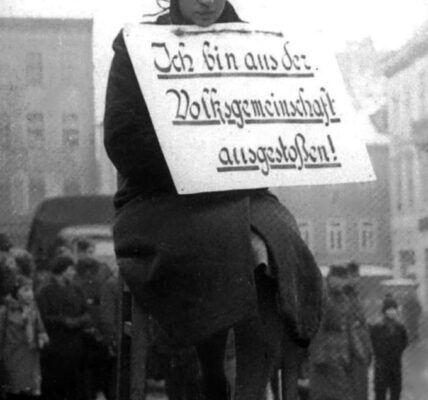Sarah Rector: The Unexpected Oil Heiress Who Became America’s First Black Millionaire.
In 1913, deep in the heart of Oklahoma, a remarkable chapter of American history quietly began to unfold. Sarah Rector, a bright, unassuming 10-year-old African American girl, became the unlikely protagonist of a story that would defy the social and racial expectations of her time. Under the terms of treaties made with Native American tribes — many of which included the descendants of Black slaves once owned by these tribes — land allotments were distributed to thousands of individuals. As the daughter of freedmen who had been affiliated with the Creek Nation, Sarah qualified for such an allotment.

Yet, despite the promise of opportunity, the reality was fraught with inequality. The most fertile and promising lands had already been carved out and reserved for white settlers, leaving Sarah with a plot widely regarded as barren and unfit for farming. Her family, by no means wealthy, likely assumed the land would be of little use beyond paying modest property taxes.
But fate had other plans. In 1913, prospectors discovered oil on Sarah’s land — not just a small deposit, but a gusher that would pour forth thousands of barrels, transforming her property into one of the most valuable oil-producing sites in the state. Practically overnight, Sarah’s income soared. Reports from the time reveal that she was earning as much as $300 a day, which would amount to roughly $9,000 in today’s money — an extraordinary sum for anyone, let alone a Black child in the early 20th-century segregated South.
News of this astonishing wealth quickly spread across the country. Newspapers dubbed her “the richest colored girl in the world,” and stories about her appeared in both Black and white publications. Her sudden fortune drew the interest — and often the suspicion — of white authorities who questioned whether a young Black girl could be trusted to manage such wealth. The state of Oklahoma even attempted to declare her “incompetent,” seeking to appoint white guardians to oversee her money.
Sarah’s parents fought vigorously to protect her interests, hiring attorneys to ensure she would not be exploited. Ultimately, Sarah lived a life that balanced her extraordinary financial circumstances with the burdens and scrutiny that came with being a wealthy Black girl in an era still governed by Jim Crow laws. Her story illuminated the deeply entrenched racial inequities of the time: while she enjoyed riches that few Americans could imagine, she also faced constant legal challenges and societal pressures simply because of her race.

As she grew older, Sarah moved to Kansas City, purchased a grand home, and continued to invest wisely, living comfortably into adulthood. Yet her story faded from mainstream historical accounts, overshadowed by the broader struggles of Black Americans during the Great Migration and the civil rights era that followed.
Today, Sarah Rector’s life stands as a powerful testament to both the possibilities and contradictions of the American dream. It is a story of unexpected fortune that collided with the harsh realities of race, wealth, and power in early 20th-century America — reminding us that even the most astonishing success stories were never free from the heavy shadow of prejudice and inequality.




